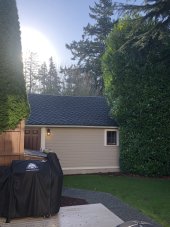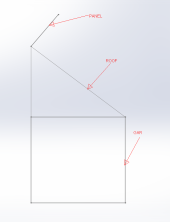S Davis
Solar Enthusiast
- Joined
- Sep 25, 2021
- Messages
- 566
I am starting to look for panels for a 12 volt backup system, they will be charging four 12 volt 280ah LifeP04 batteries and I will be adding four more so eventually eight.
This is being installed on a detached garage about 50’ from the house. I am limited for panel space, I have room for one row 18’ long.
What panels would give me the best output? I am leaning towards Outback inverters so I would probably go with one of their solar charge controllers.
This is being installed on a detached garage about 50’ from the house. I am limited for panel space, I have room for one row 18’ long.
What panels would give me the best output? I am leaning towards Outback inverters so I would probably go with one of their solar charge controllers.




